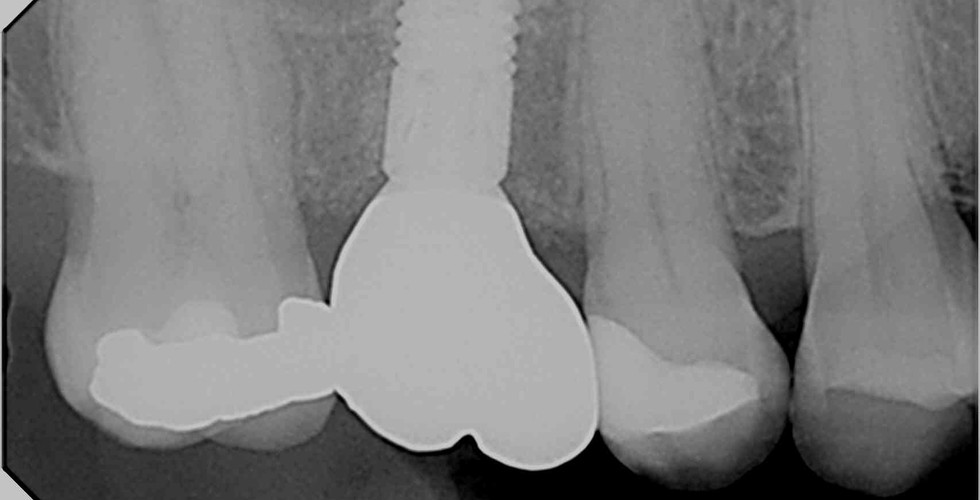Can new bone be made so I can have a dental implant?
- Newcastle Advanced Dentistry
- Aug 9
- 2 min read
Updated: Sep 8
Dental implants are artifical replacements for natural teeth which are placed into the bone to support a crown or if multiple teeth are missing, a bridge.
Our priority at Newcastle Advanced Dentistry is to retain natural teeth for as long as possible but sometimes a tooth has to be extracted. Normally, if a tooth is taken out, there is bone for a dental implant, especially if care is taken when the tooth is removed. If a tooth is being removed and a dental implant is wanted, we would often recommend the tooth extraction is done by one our dentists with expertese in dental implants as they have training in atraumatic extraction techniques and alveolar ridge preservation (sometimes called socket preservation) which optimises the extraction site for future dental implant.
If a tooth has been missing for some time, or has been lost due to advanced gum disease, there is sometimes not enough bone for a dental implant to be placed. As part of our thorough dental implant assessment, a cone beam CT scan (3D x-ray) is taken which allows us to see the anatomy in the area of the dental implant in clear detail. There can sometimes be spaces such as the maxillary sinus in the top jaw or nerves (the inferior alveolar nerve) in the bottom jaw which we need to know about before placing a dental implant. Careful digital planning and placement often allows dental implants to be placed close to these structures.
If there is not enough bone for a conventional implant, our implant team may be able to create more bone in the areas it is required.
In the upper jaw, bone can be generated in the maxillary sinus by a technique called a Sinus Lift, also known as sinus augmentation. This is a surgical procedure we regularly perform after careful digital planning to increase the amount of bone in the upper jaw (maxilla) in preparation for dental implants. It involves lifting the sinus membrane and adding bone graft material to create sufficient space for implant placement.
Another technique we regularly use is Guided bone regeneration (GBR). This is a surgical procedure used to encourage the growth of new bone in areas where it has been lost or is insufficient. It's often employed to augment the bone structure and provide a stable foundation for an implant. GBR utilises bone grafts and barrier membranes to create a protected space for bone regeneration.
For more information about dental implant treatments, or to enquire if a dental implant is suitable for you, please dont hesitate to contact our friendly team at Newcastle Advanced Dentistry on 0191 286 3398.














Excellent read! The Best gum disease treatment in Sharjah combines advanced techniques with compassionate care to restore gum health. Whether it’s bleeding gums or sensitivity, their treatments target the root cause and deliver long-lasting results. It’s a relief to find such dedicated dental professionals in Sharjah.